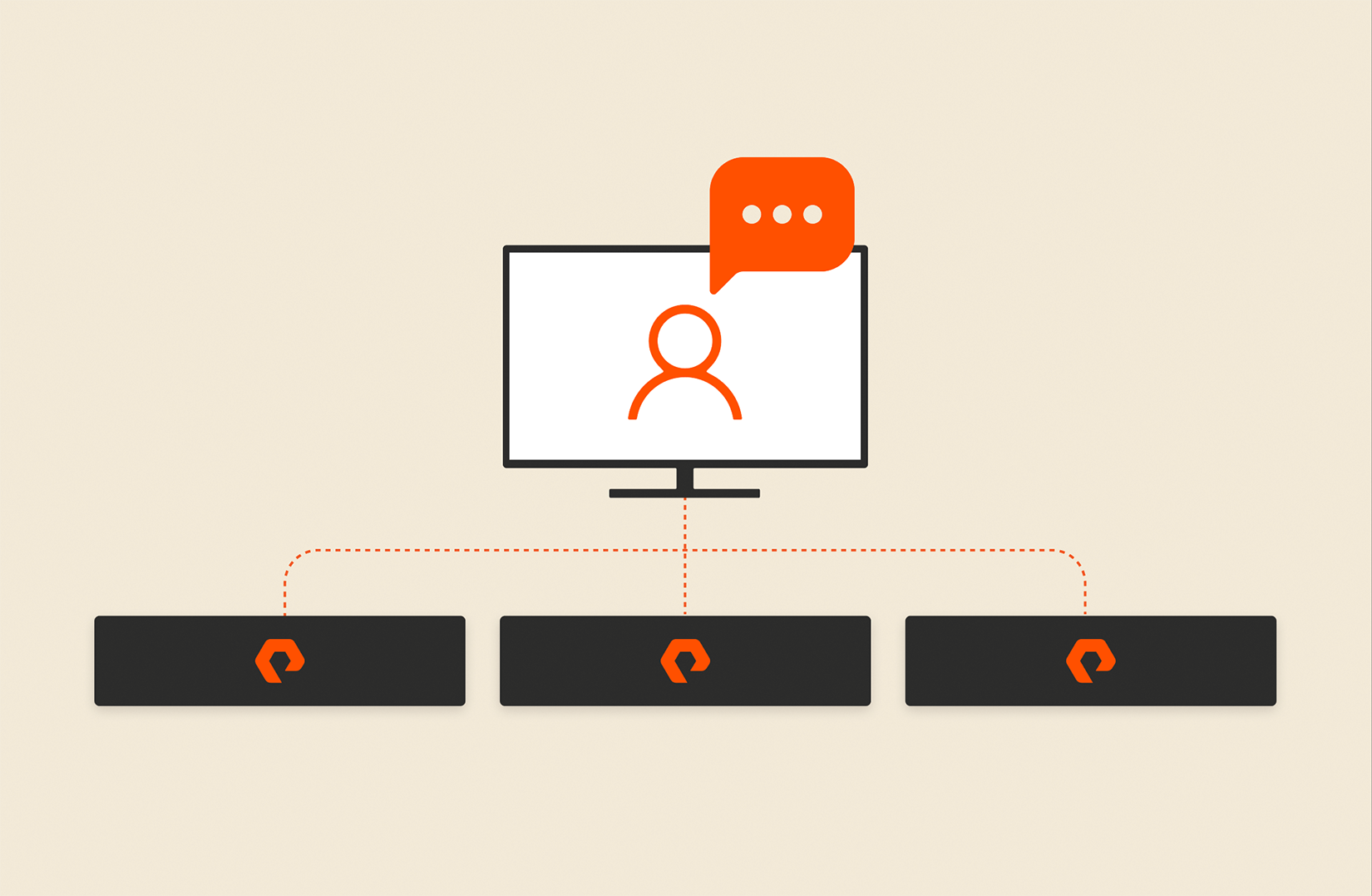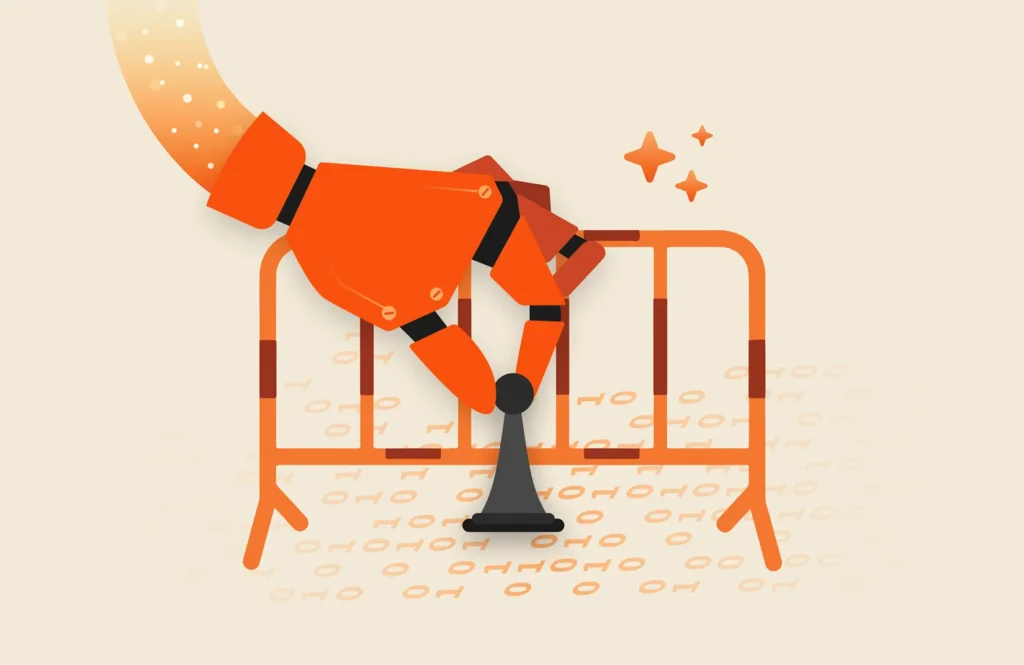Summary
Reliability is critical for telcos. With proven 99.9999% availability, FlashArray delivers both the reliability and simplicity telcos need to provide reliable and efficient services to their customers.
Pure Storage is a provider of data and software solutions to over 150 service providers globally. Pure Storage also supplies all 10 of the top 10 largest telcos (if you exclude Chinese mobile providers who don’t buy from American companies).
Our telco customers love a lot about their Pure Storage gear, but perhaps the most important feature for a telecom carrier is reliability. Things just have to work. Service reliability is critical and Pure Storage helps deliver it. Some telco users have expressed this to us as “Pure provides dial tone.”
The Era of Dial Tone
The term “dial tone” brings me back in time. It might be difficult for youngsters who have never heard a dial tone to grasp how psychologically significant it was in earlier decades.
In America, the original phone service provider was the American Telephone and Telegraph Company, commonly referred to as the Bell System, and later known as AT&T. But people mostly referred to it as “Ma Bell” or simply “the phone company” because there was only one phone company at the time. It was a monopoly service which wasn’t broken up until 1984. And it was very, very reliable.
When you lifted the handset, you would hear a distinctive tone that let you know the service was available. (If this is new to you, you can find dial tone sounds online.) But it was more than that. It provided a feeling of comfort, knowing you could reach people.
The technology was fascinating. Your home, and everyone else’s, was directly connected by twisted-pair copper wires to a central switching station. When you picked up the handset, a small charge of direct current let the central station know you were there, and it completed the circuit. The dial tone was then sent back down the wire via a tone generator. It was all analog technology.
The copper wires also provided power to the phone. This was critical because it meant your phone would still work in the event of a local power failure (assuming the phone lines were not down).
You still hear a dial tone when using an office IP phone, but that tone is generated locally or by the phone itself. Cell phones don’t have a dial tone because you only connect after dialing the entire number.
For many decades, the dial tone was a totem of everyday life. It was a sign of reliability, of a service you could always count on to reach friends and family. At the peak of the landline era, the Bell System estimated it had over 1 billion miles of copper wire deployed, enough to circle the equator 40,000 times! I was surprised to learn that in the United States, there are still over 68 million people using landline services, mostly in the Northeast.
While technology has changed, the commitment of telecom carriers to reliability has not changed. Telco still needs ”dial tone,” even if that now means IP networking and a variety of cellular protocols.
How Pure Storage Helps Deliver the “Dial Tone”
FlashArray™ is the primary storage device that our customers deploy into 4G and 5G networks to support multiple virtualized and containerized applications. They can count on FlashArray which has proven 99.9999% availability, a real-world number measured over thousands of systems and customers. Individual customers often do better than the average number. In fact, one of our major carrier customers has had 100% uptime with Pure Storage for the past five years. The carrier now has over 200 systems with perfect reliability. Another major provider has seen 99.999999% (eight nines) uptime across several hundred arrays, which is roughly 0.3 seconds of downtime in a year.
FlashArray reliability is more than just robust hardware made possible by our DirectFlash® Module (DFM) technology. It also includes non-disruptive upgrades of both software and hardware. The carrier with 100% uptime has gone through over 1,000 software upgrades and over 100 hardware upgrades without a hitch. This ability to update systems, including swapping out controllers to newer models, while keeping services online, is the kind of resilient infrastructure that telcos require to keep the “dial tone” alive.
Beyond Reliability
While reliability is critical, it’s not the only thing telcos love about the Pure Storage platform. Simplicity is key. With many hundreds of systems to deploy and manage, ease of use from setup to Day 2 operations is necessary. The easy programmability of Pure Storage arrays is ideal for massive telco networks that need to contend with hundreds of different technology stacks. By making the underlying storage simple to provision, monitor, and manage, Pure Storage lets telcos focus on other priorities, confident that the “dial tone” will be there.
Telcos also value the exceptional density and power savings of Pure Storage arrays. Data center space and power are always at a premium, particularly with new AI initiatives spinning up that can consume enormous amounts of electricity. By replacing legacy storage systems with Pure Storage, telcos can save over 85% on power and space. Savings are even more impactful when replacing disk systems for large-scale, lower-performance workloads like content archives. With the Pure//E™ family of products, you can deploy all-flash at a price point per TB equal to disk, with far better long-term ROI.
The Past Is Present
The need for reliable service has never changed. Telcos provide an essential service for personal and business communications, the digital economy, first responders, and much more. In 1960, the Bell System used the tagline, “Service so good that you can take it for granted.” And that’s exactly what people did. And thanks to robust technologies like those provided by Pure Storage, telcos will continue to offer reliable and efficient services. And when people pick up their cell phone, tablet, or other communication device, they’ll trust that the dial tone will be there, ready to connect them.
Learn more about telecom solutions from Pure Storage.

The Innovation Race
Reducing Risk and Navigating the AI Frontier for Future Success
Make the Call
See why over 150 service providers globally choose Pure Storage.
![]()







